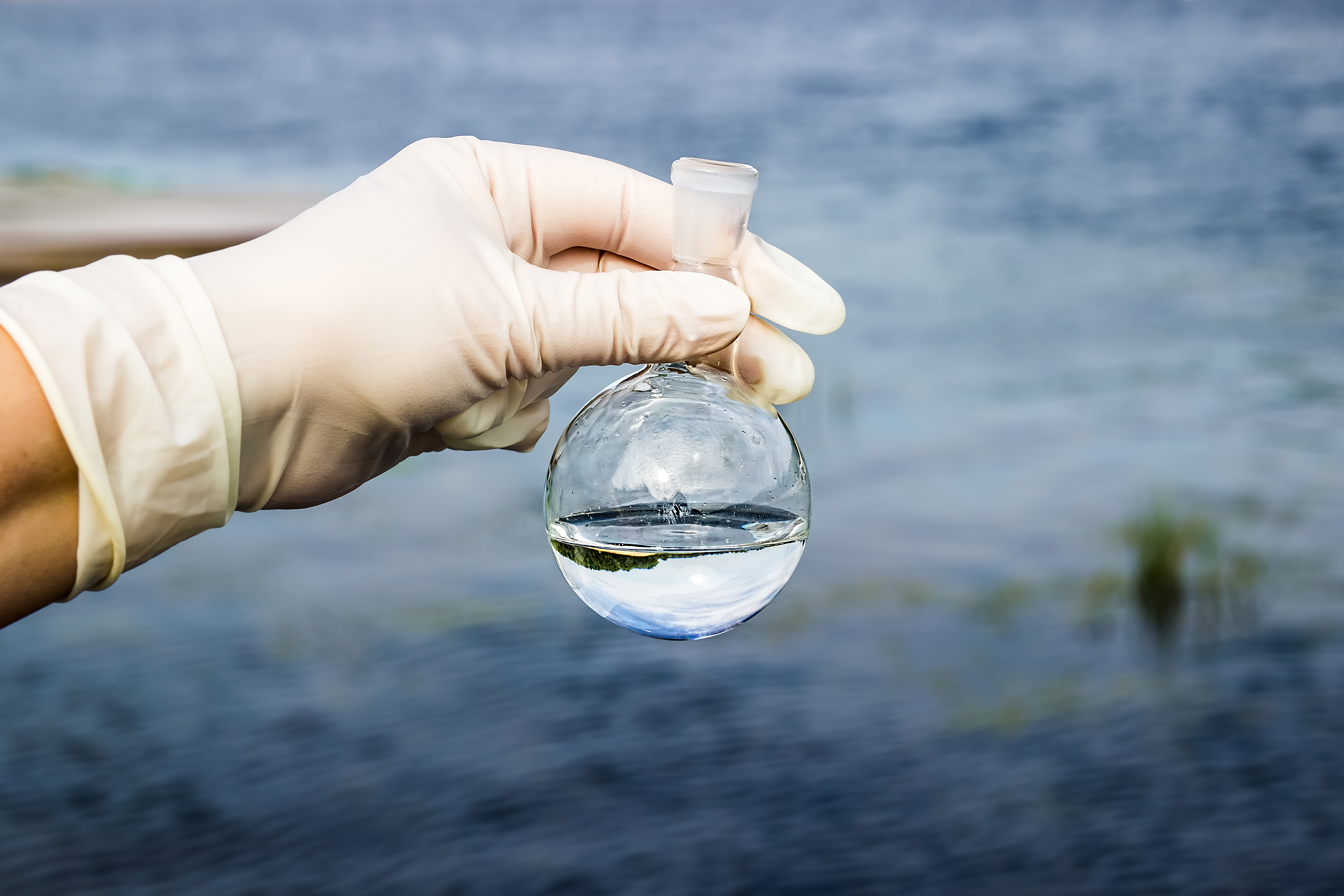It’s been written about exhaustively in PFAS circles: the C8 Science Panel and its “probable link” findings between PFOA and various diseases. This was a groundbreaking study that was part of a settlement agreement in watershed litigation that ultimately led to a whopping $671 million payout for over 3,000 individual plaintiffs. The defendant, DuPont, had not only agreed to the creation of an independent panel of experts to evaluate any link between exposure to PFOA and human disease, but it also agreed — by extension from the probable link findings — that it would fund a medical monitoring program and that it would not contest general causation in any personal injury claims brought by any of the plaintiffs. This strategy, settlement, agreement, etc., was — to say the least — unprecedented and highly unique. But maybe not anymore.
Just last week, the plaintiffs’ lawyer behind the famous DuPont litigation filed another “national class action” lawsuit in the Southern District of Ohio. (Hardwick v. 3M Company, et al., 2:18-cv-1185 (S.D. Ohio)). This time, more members of the PFAS family of chemicals — not just PFOA and PFOS — but also PFHxS, PFNA, PFBS, PFHxA, PFHpA, PFUnA, PFDoA, and GenX, are alleged to have “contaminat[ed] the blood and/or bodies of the plaintiff and other class members…” The lawsuit, brought by a 40 year old firefighter claiming exposure to firefighting foams, among other things, names 3M Company and a handful of other entities that are alleged to have “marketed, developed, manufactured, distributed, released, trained users, produced instructional materials, sold and/or otherwise handled and/or used PFAS…”
The plaintiff asserts that because “the precise mechanism(s) of action” by which any PFAS chemical allegedly causes tumors in animal studies has not been identified, the named defendants were required to presume that any such PFAS materials could “present a potential cancer risk to exposed humans.” The lawsuit also alleges that the defendants have used plaintiffs “as human guinea pigs in a decades-long experiment” in allowing them to be contaminated with PFAS substances. The proposed class is preposterously expansive: “All individuals residing within the United States” that have a “detectable level of PFAS materials in their blood serum.” Especially given the fact that almost every person living in the U.S. has some detectable levels of PFAS in their blood.
And like the C8 Science Panel, this lawsuit similarly seeks the establishment of an independent panel of scientists (epidemiologists, toxicologists, medical doctors) to be jointly selected by the parties, and that findings by the panel will be deemed “definitive and binding” on all the parties. Again — and we suspect that more will piggyback on this strategy — plaintiffs are attempting to essentially assign scientific questions on medical monitoring and health effects to independent experts rather than a jury.
Our blog wrote a post back in early August 2018 about the principles and precedent that traditionally steered toxic tort litigations away from class certifications. Indeed, the Advisory Committee notes to Fed. R. Civ. P. 23 explicitly stated that “‘a mass accident’ resulting in injuries to numerous persons is ordinarily not appropriate for a class action because of the likelihood that significant questions, not only of damages, but of liability and defenses to liability, would be present, affecting the individuals in different ways. In these circumstances, an action conducted nominally as a class action would degenerate in practice into multiple lawsuits separately tried.” Many courts endorsed this view, refusing class actions that sought recovery for bodily injuries caused by environmental exposures.
But once more we see a potential major class action in the toxic tort area, and we see a changing strategy of seeking the assistance of scientific experts rather than the jury. All this in an effort to develop data about a ubiquitous and uncertain chemical in the hopes of pioneering a massive resolution down the road. And along that road, further developing the science on PFAS that might assist other potential litigants

